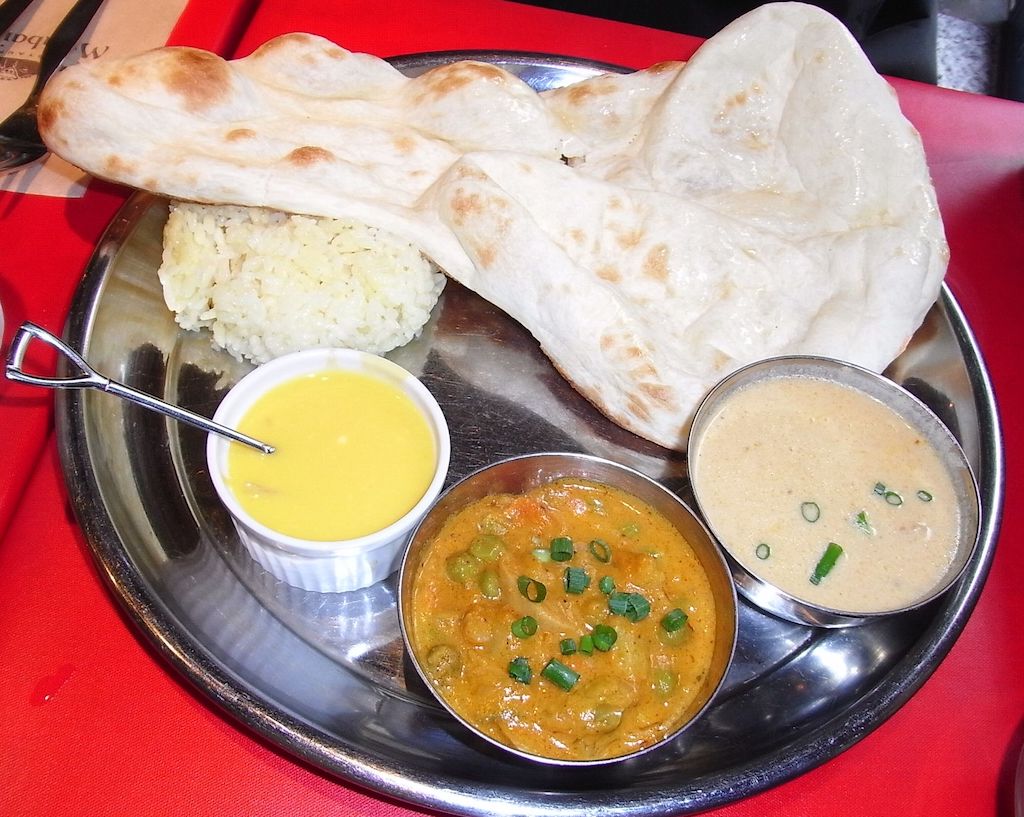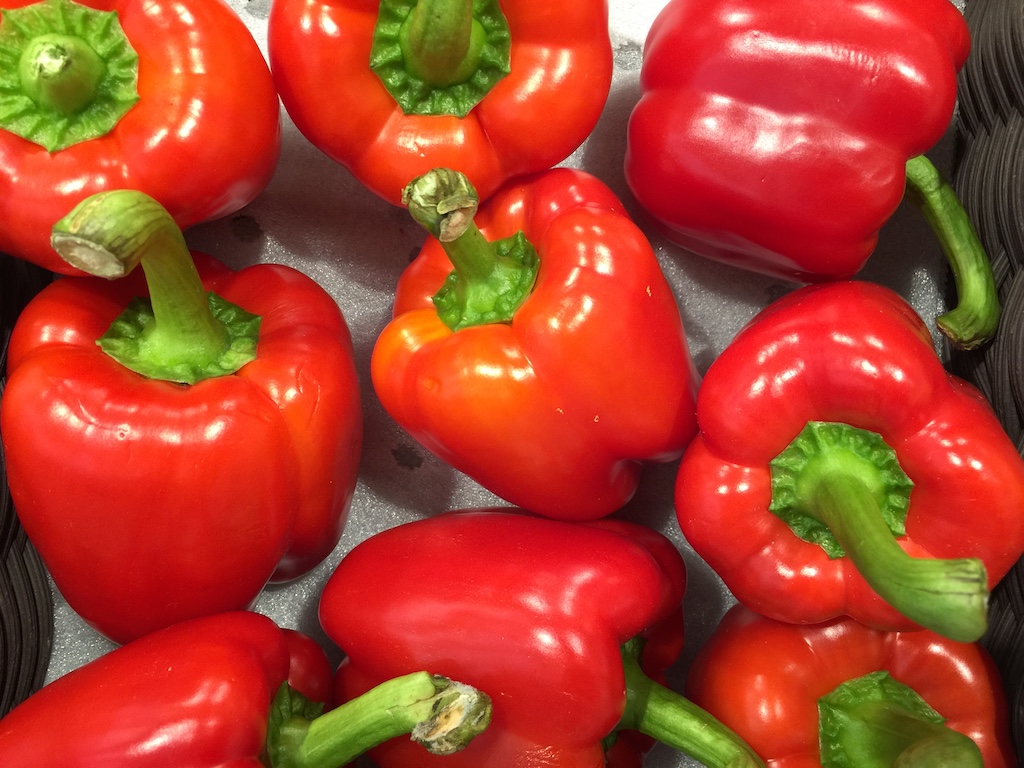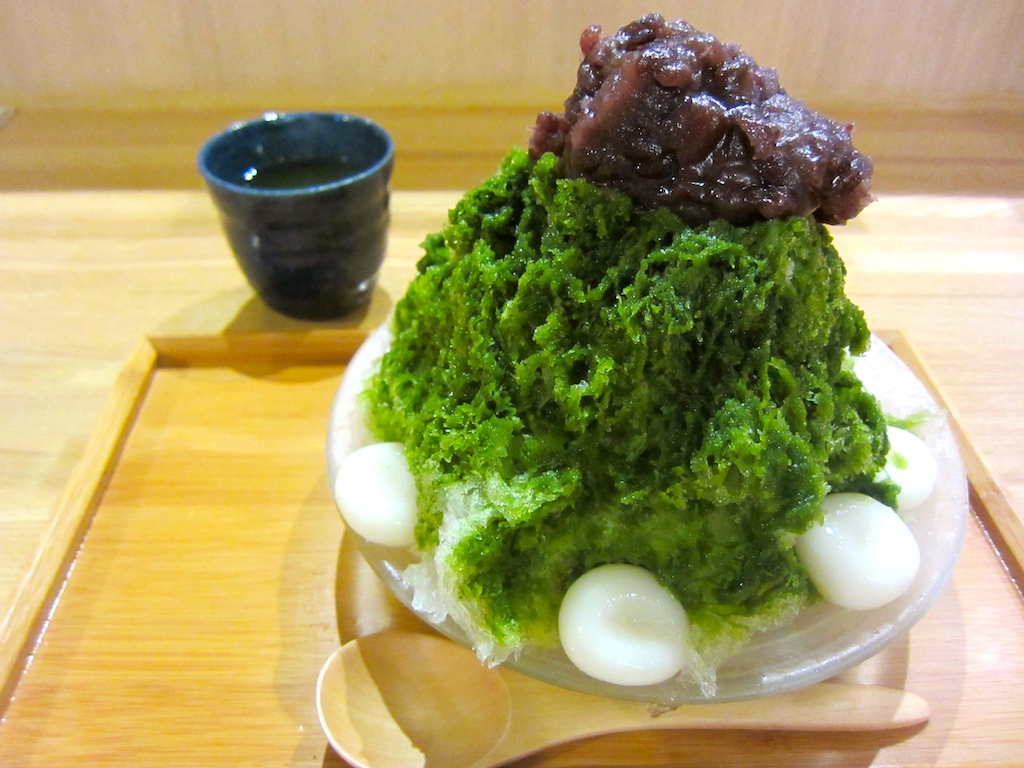I hope you can learn hiragana characters with fun!
Let’s check the list of foods that start with “い” for here.
- いかさし (イカ刺し) / IKASASHI
- いかふらい (イカフライ) / IKAFURAI
- いきなりだんご (いきなり団子) / IKINARIDANGO
- いくら (イクラ) / IKURA
- いしかりなべ (石狩鍋) / ISHIKARINABE
- いしやきいも (石焼き芋) / ISHIYAKIIMO
- いしやきびびんば (石焼きビビンバ) / ISHIYAKIBIBINBA
- いせえび (伊勢海老) / ISEEBI
- いそべあげ (磯辺揚げ) / ISOBEAGE
- いそべまき (磯辺巻き) / ISOBEMAKI
- いたちょこ (板チョコ) / ITACHOKO
- いたりあん (イタリアン) / ITARIAN
- いたわさ (板わさ) / ITAWASA
- いちご (苺) / ICHIGO
- いちじく (無花果) / ICHIJIKU
- いちみとうがらし (一味唐辛子) / ICHIMITOGARASHI
- いとこんにゃく (糸こんにゃく) / ITOKONNYAKU
- いなにわうどん (稲庭うどん) / INANIWAUDON
- いなりずし (いなり寿司) / INARIZUSHI
- いぶりがっこ / IBURIGAKKO
- いべりこぶた (イベリコ豚) / IBERIKOBUTA
- いまがわやき (今川焼き) / IMAGAWAYAKI
- いもけんぴ (芋けんぴ) / IMOKEMPI
- いりこ / IRIKO
- いわし (鰯) / IWASHI
- いわな (岩魚) / IWANA
- いんぐりっしゅまふぃん (イングリッシュマフィン) / INGURISSHUMAFIN
- いんげんまめ (いんげん豆) / INGENMAME
- いんすたんとらーめん (インスタントラーメン) / INSUTANTRA-MEN
- いんどかれー (インドカレー) / INDOKARE-
いかさし (イカ刺し) / IKASASHI
This is Japanese term for “squid sashimi”.
If you can get fresh squid, eating it as sashimi is the best. You should peel slimy and thin skin of squid first, and shred it.

いかふらい (イカフライ) / IKAFURAI
This is Japanese term for “deep-fried squid “.
Deep-fried squid is very tasty and popular finger food in Japan. How to make it is just like the onion rings: putting batter and panko on squid, and deep-fry it in plenty of oil. The shape of イカフライ (IKAFURAI) also can be square, by the way.
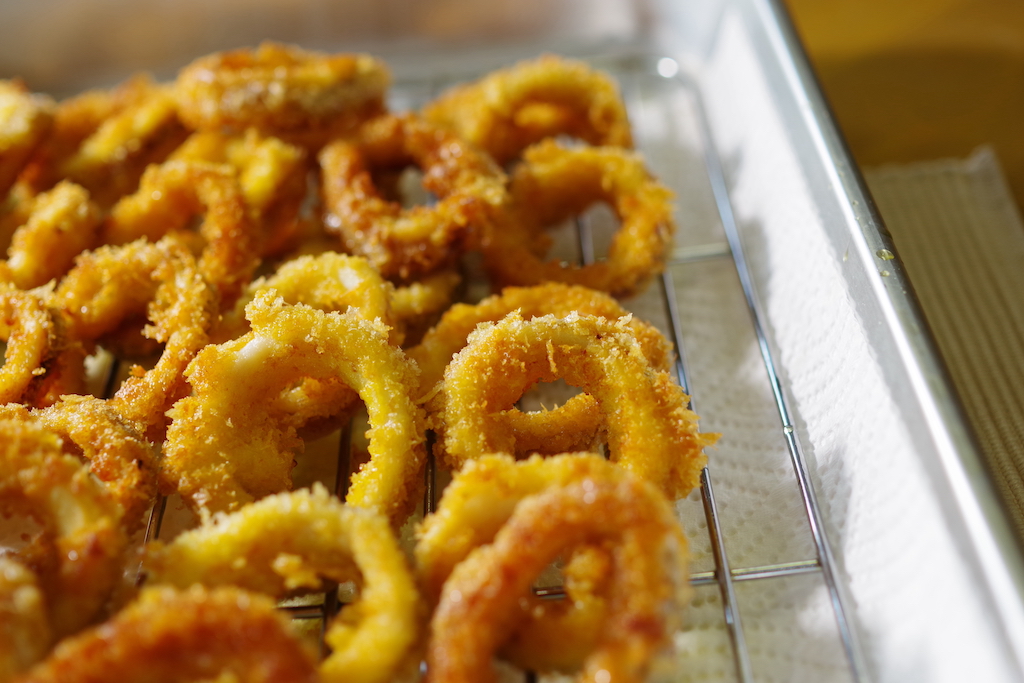
いきなりだんご (いきなり団子) / IKINARIDANGO
いきなり団子 (IKINARIDANGO) is a local sweets of Kumamoto prefecture.
It’s steamed sweet potatoes and bean paste wrapped in dough made of wheat flour or rice cake. Soft and flaky texture of sweet potato is good match for sweet bean paste.
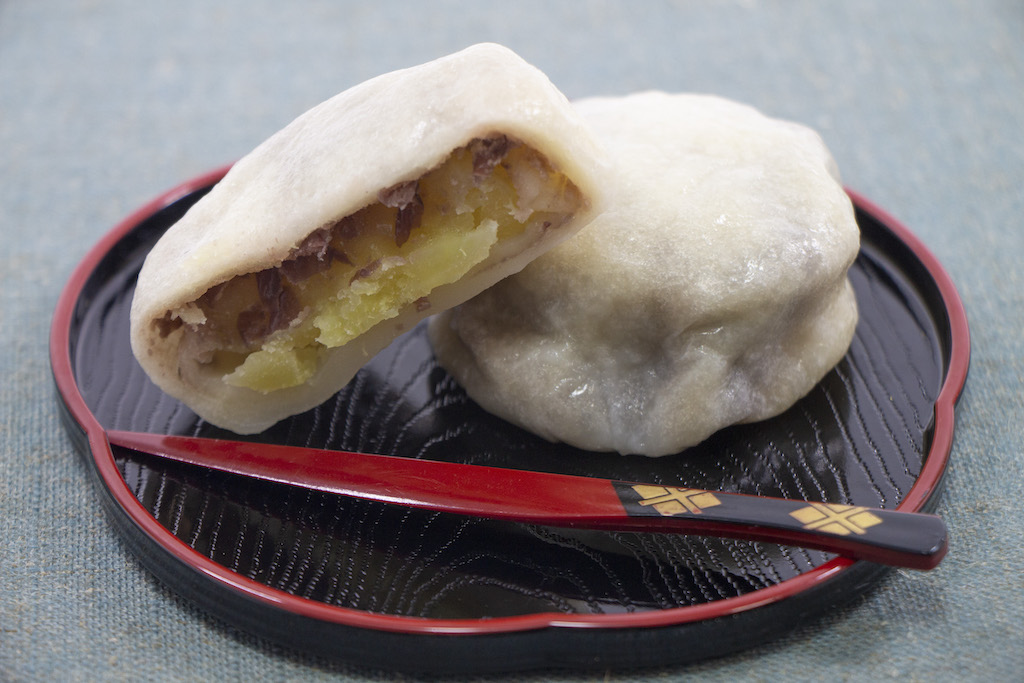
いくら (イクラ) / IKURA
This is Japanese term for “salmon roe”.
It’s used as sushi material or eaten as salmon roe bowl. Usually salmon roe is soaked in sake and soy sauce before eating.
What Is Ikura (Salmon Roe) and How Is It Used?
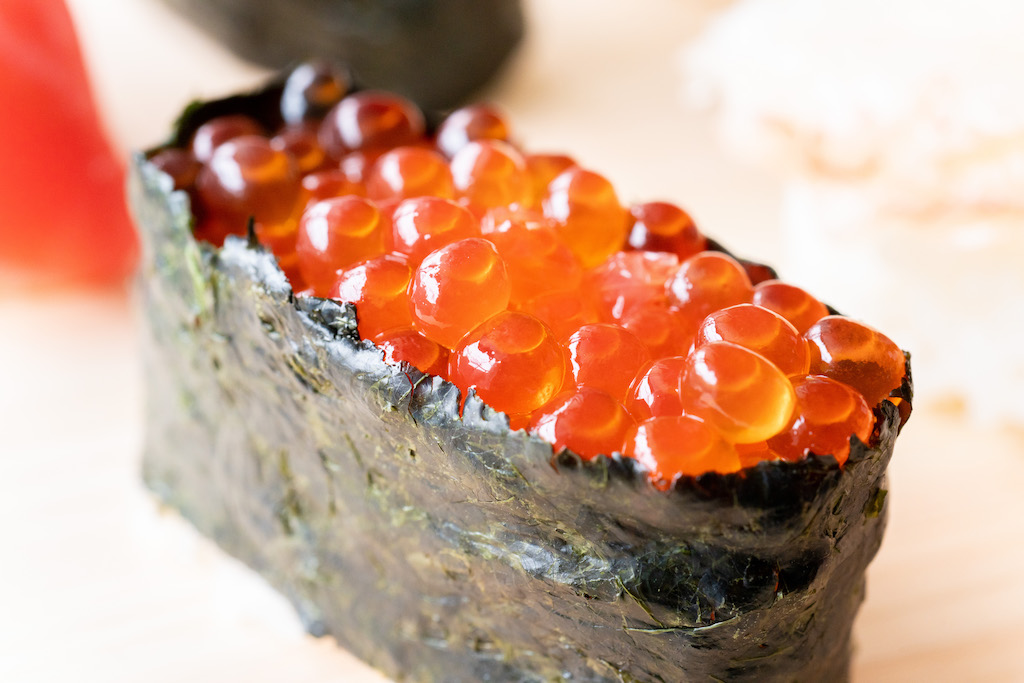
いしかりなべ (石狩鍋) / ISHIKARINABE
なべ (NABE) means a stew, and this is local stew dish of Hokkaido. The main ingredient in 石狩鍋 (ISHIKARINABE) is salmon and vegetables, and they are seasoned with miso and butter.
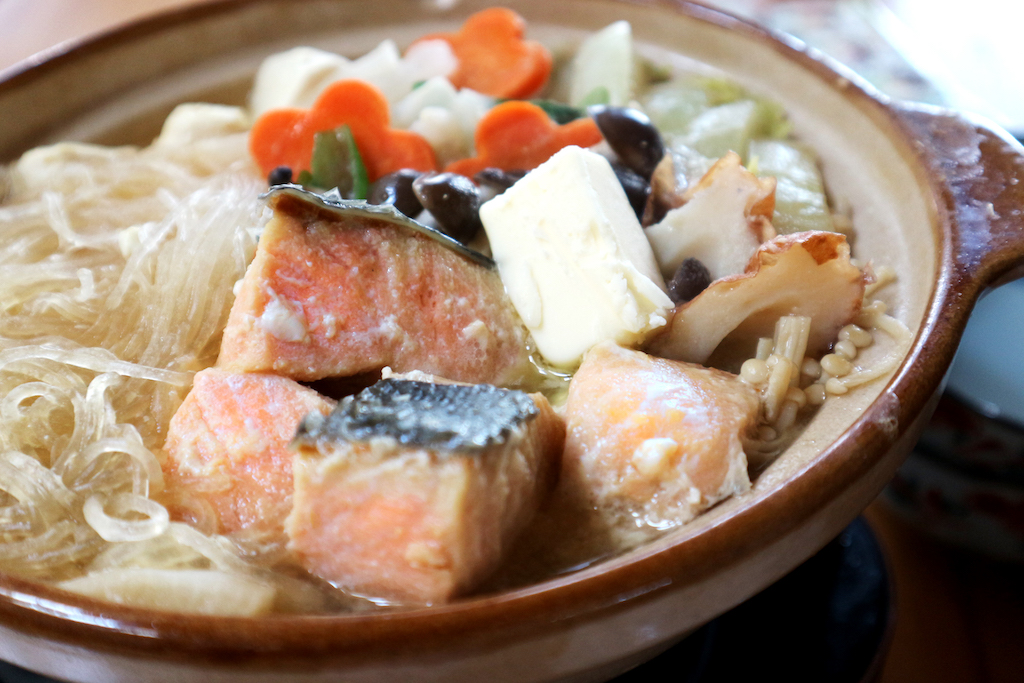
I made the arranged recipe of ishikarinabe that you can easily try with regular pot at home. Please check this out!
Salmon Miso Soup Recipe
いしやきいも (石焼き芋) / ISHIYAKIIMO
This is Japanese term for “baked sweet potatos”.
“いしやき (ISHIYAKI)” means baking by means of hot stones or pebbles. Mobile catering of this baked sweet potatoes has been very popular in Japan.
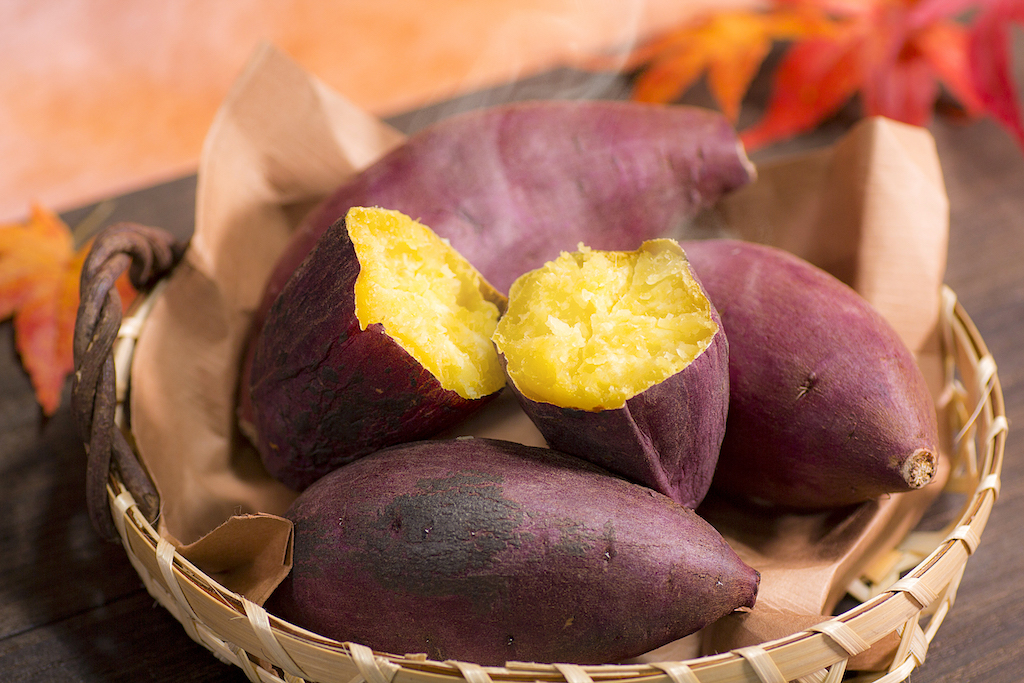
いしやきびびんば (石焼きビビンバ) / ISHIYAKIBIBINBA
This is Japanese term for “stone-grilled bibimbap”.
Unlike #6 ISHIYAKIIMO, this “いしやき (ISHIYAKI)” means the hot stone bowl.
Bibimbap is Korean rice dish topped with namul(seasoned vegetables), meat, and egg, and eaten with gochujang sauce. Although it’s Korean dish, it’s eaten in Japan too.
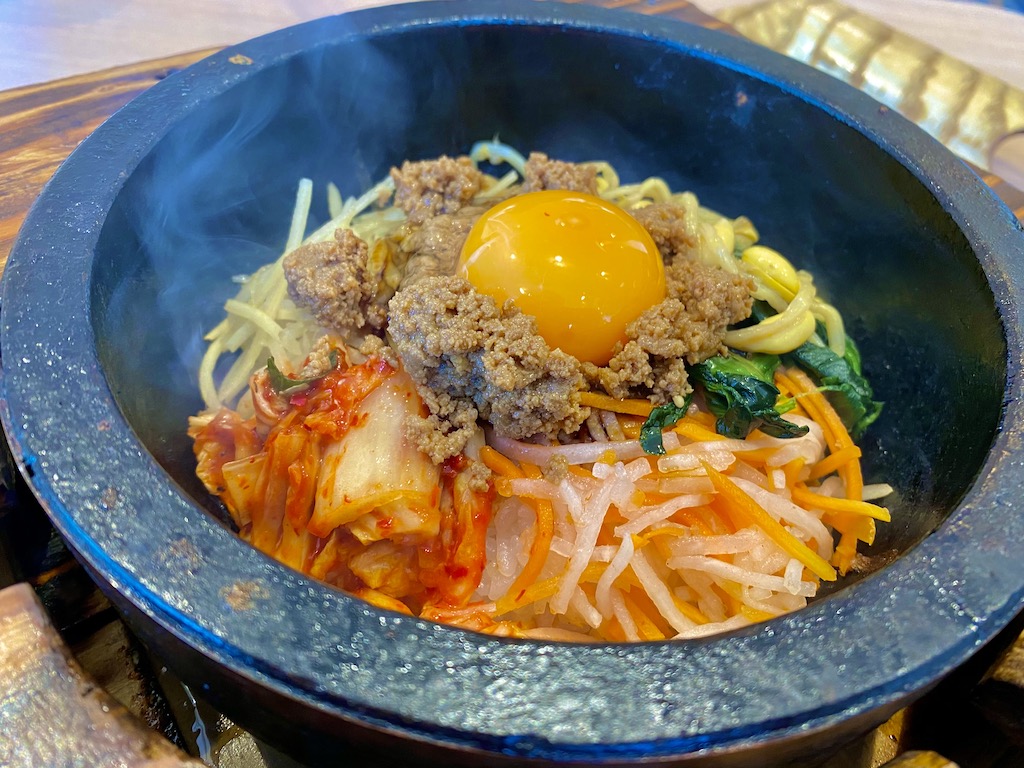
いせえび (伊勢海老) / ISEEBI
This is Japanese term for “Japanese spiny lobster”.
いせえび (ISEEBI) is very a big shrimp and the taste is sweeter and more rich than lobster. It’s known as a luxury material in Japan, and people like to eat it as sashimi, ingredient in miso soup, steak, etc.
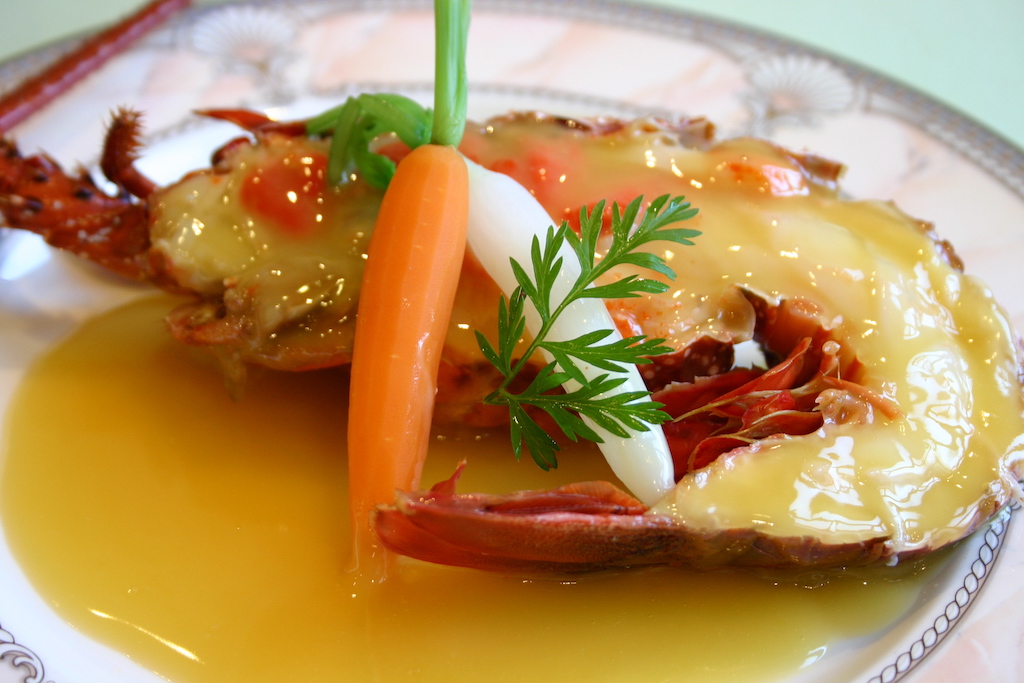
いそべあげ (磯辺揚げ) / ISOBEAGE
いそべあげ (ISOBEAGE) means the deep-fried dish (it’s often tempura) that is using the batter with some aonori flakes. Chikuwa (fish paste stick) is often used for this dish.
Nori seaweed is wrapped around fish or meat in some cases.
By using aonori or nori, the deep-fried dish will be even more flavorful and delicious!
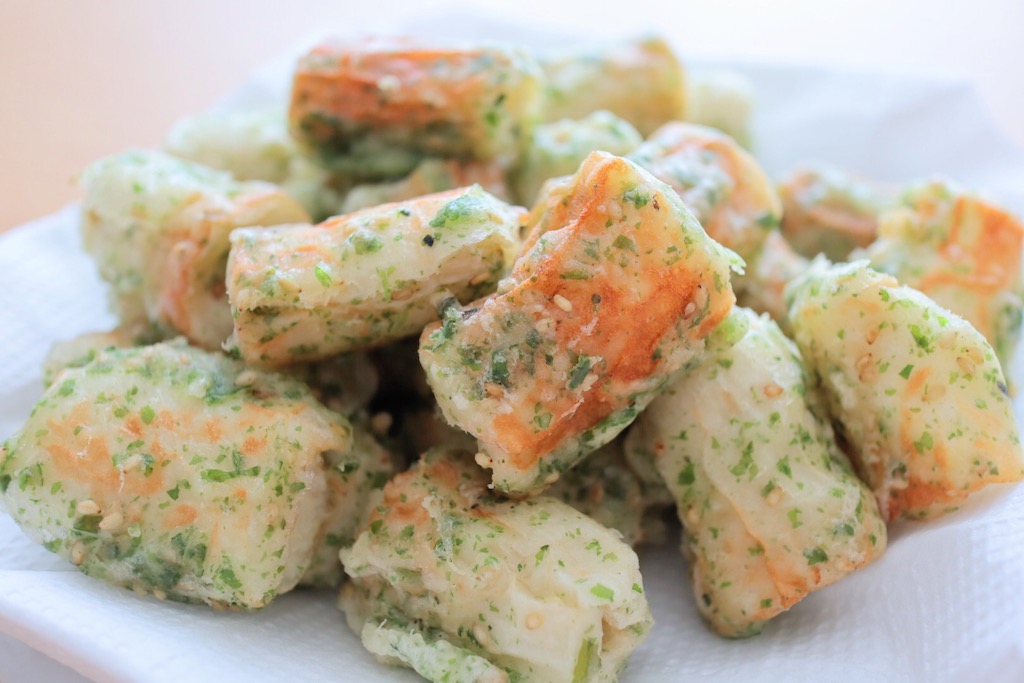
いそべまき (磯辺巻き) / ISOBEMAKI
いそべまき (ISOBEMAKI) means the fried dish that is wrapped with nori seaweed. Unlike いそべあげ (ISOBEAGE), usually this is not deep-fried dish.
For this dish, mochi (rice cake) is used very often. Sometimes dango (rice dumpling) is wrapped with nori seaweed too.
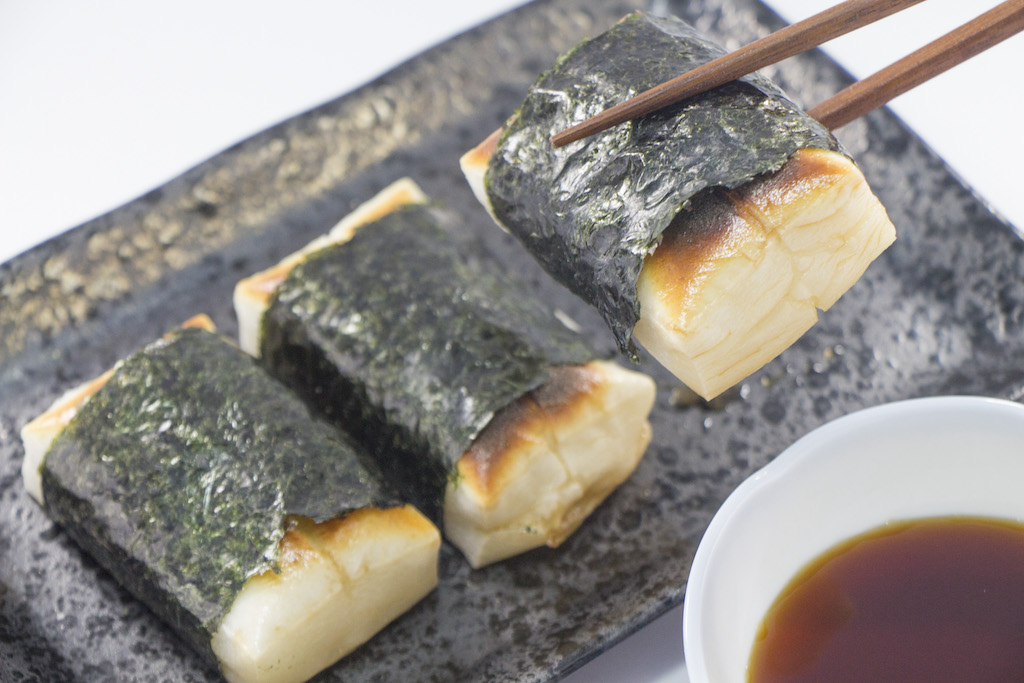
いたちょこ (板チョコ) / ITACHOKO
This is Japanese term for “chocolate bar”.
As with other countries, there are so many kinds of chocolate in Japan. I wouldn’t say this is the most popular one, but it’s very useful when making sweets at home.

いたりあん (イタリアン) / ITARIAN
This is Japanese term for “Italian”.
Italian is usually means people from Italy or the Italian language in English. However, when Japanese people say いたりあん (ITARIAN), it mostly means Italian foods. People often use this term to describe Italian restaurant too.

いたわさ (板わさ) / ITAWASA
This means kamaboko with some wasabi and soy sauce. Kamaboko is a type of fish cake in Japan which is on a wooden board.
Since kamaboko with the board is too big to eat, so it’s usually cut into slices and eaten like a sashimi dipping soy sauce.
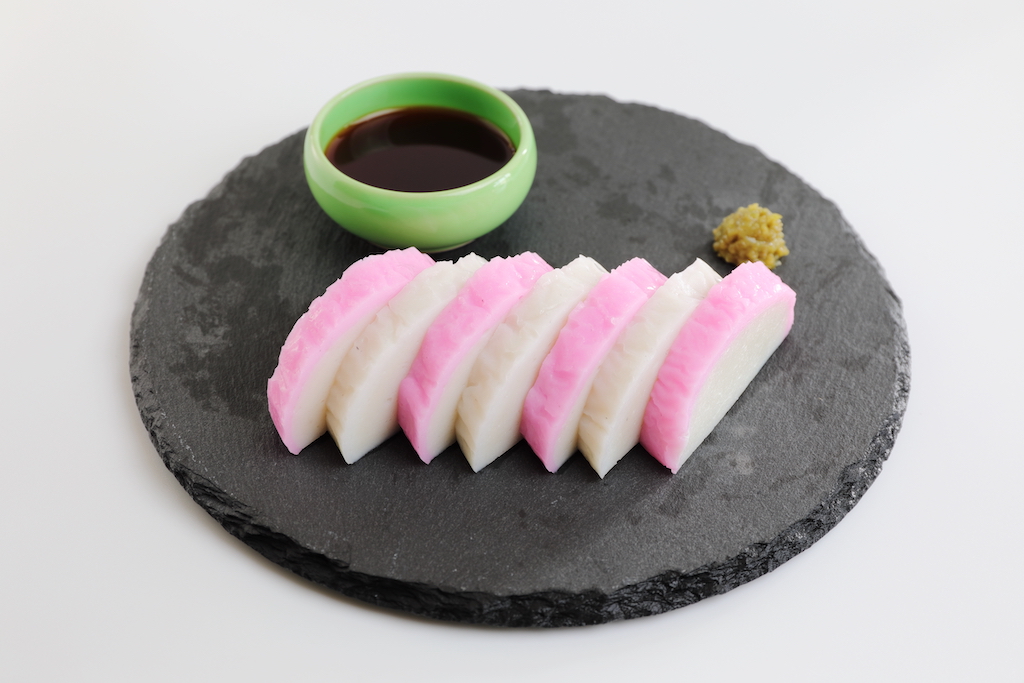
いちご (苺) / ICHIGO
This is Japanese term for “strawberry”.
Japanese strawberry is really tasty. I feel it’s much sweeter than the one in other countries. Please try to taste it if you’re visiting Japan.

いちじく (無花果) / ICHIJIKU
This is Japanese term for “fig”.
It’s often eaten as dried fruit in Japan, and the raw fig is used in various type of foods such as bread and cake. Jam made from fig is very delicious too.

いちみとうがらし (一味唐辛子) / ICHIMITOGARASHI
This is Japanese term for “cayenne pepper powder”.
This is used as condiment in Japan. People like to sprinkle on udon noodles, soba noodles, or ramen.
This is also important material for red pepper with seven kinds of spices, shichimi togarashi (しちみとうがらし / 七味唐辛子).

いとこんにゃく (糸こんにゃく) / ITOKONNYAKU
This is Japanese term for “konnyaku noodles”.
Konnyaku noodles are made by shredding regular konnyaku. Taking advantage of this shape, it can be used as noodles substitute. If you use this instead of wheat noodles, you can significantly reduce calories.

いなにわうどん (稲庭うどん) / INANIWAUDON
This is a famous type of udon noodles that is produced in Akita prefecture.
This udon is famous for the unique texture of the noodles. It’s thinner and more flat than the regular udon noodles.
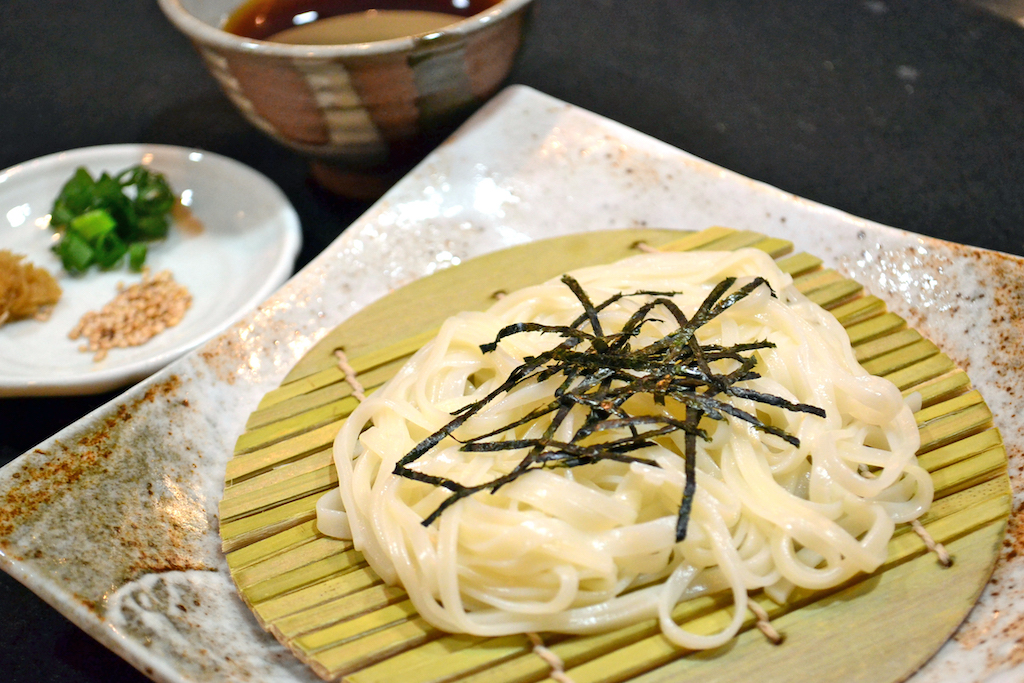
いなりずし (いなり寿司) / INARIZUSHI
This is a kind of sushi made of thin deep-fried tofu stuffed with rice. The thin deep-fried tofu, aburaage is simmered very well with sweet-salty soy sauce based sauce. The sushi rice flavored with sweet vinegar and the aguraage are the best combination!
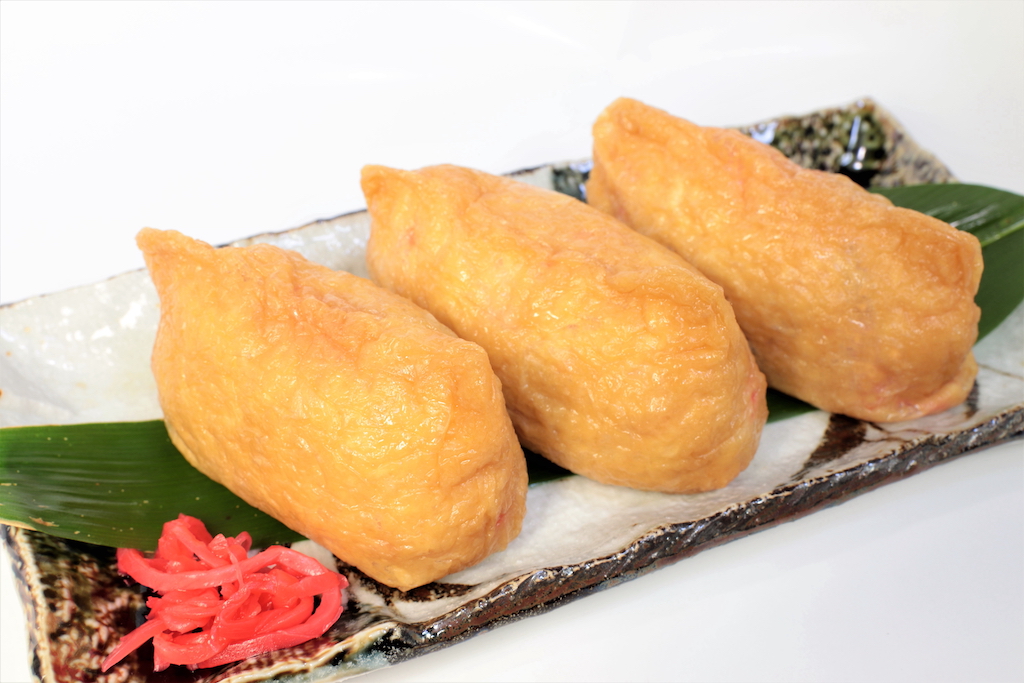
いぶりがっこ / IBURIGAKKO
This is smoked daikon pickles, and famous local pickles of Akita prefecture. The pickles with smoky flavor is rare even in Japanese pickles. This flavor matches so well with the salty taste and the crunchy texture of daikon pickles.
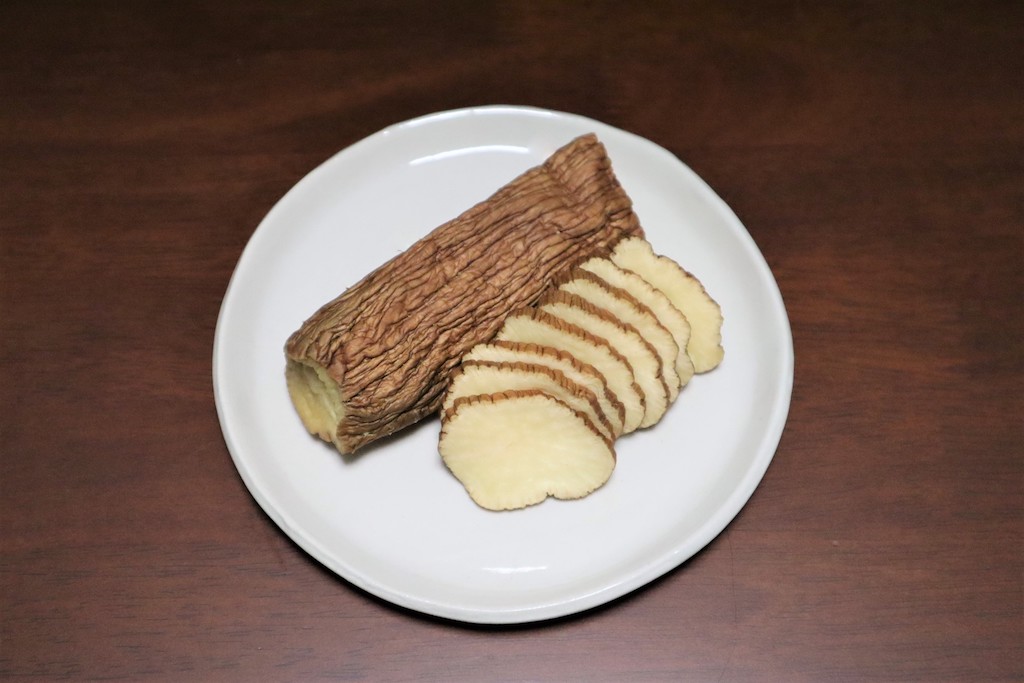
いべりこぶた (イベリコ豚) / IBERIKOBUTA
This is Japanese term for “Iberian pig”.
For some reason, Iberian pork is well known among Japanese people, and a lot of them has recognized that pigs raised on acorns are really delicious. But actually, I’ve heard that Iberian pigs raised on acorns are rare among the Iberian pork distributed in Japan.
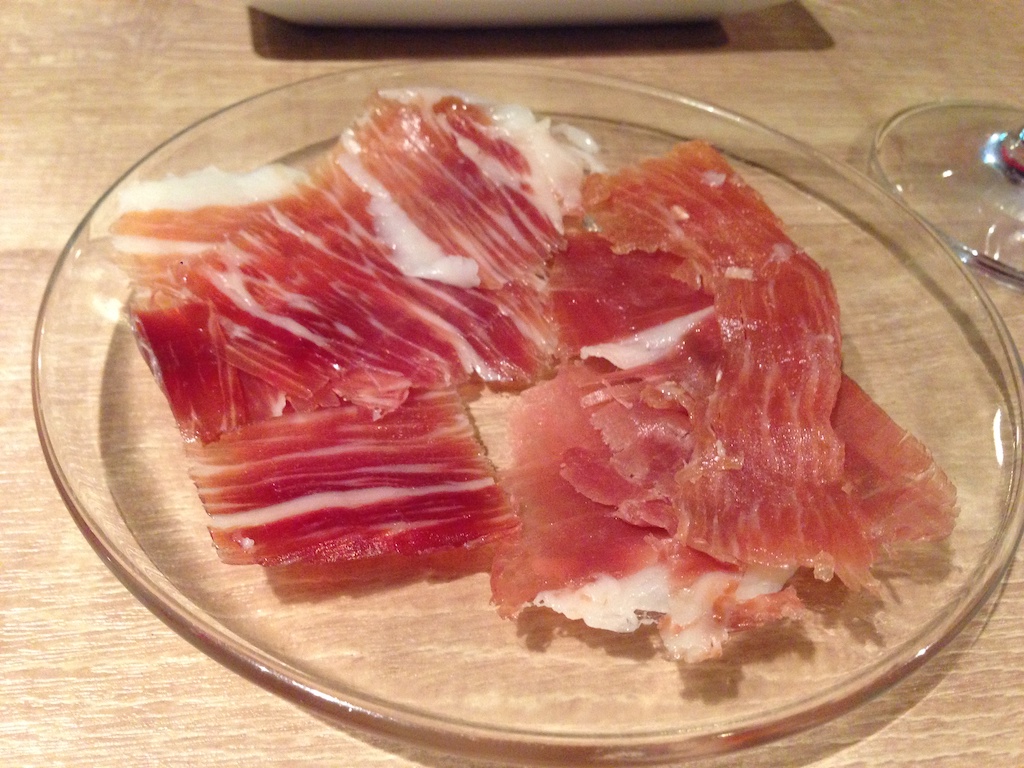
いまがわやき (今川焼き) / IMAGAWAYAKI
This is a type of Japanese sweets, thick pancake containing sweet bean paste.
It’s made with the metal baking mold, and usually served hot at some food stand.

いもけんぴ (芋けんぴ) / IMOKEMPI
This is also a type of Japanese sweets, sweet potato chips. The shape is not like the potato chips but really thin stick type.
The flavor of sweet potato and added sugar are so tasty and crunchy.
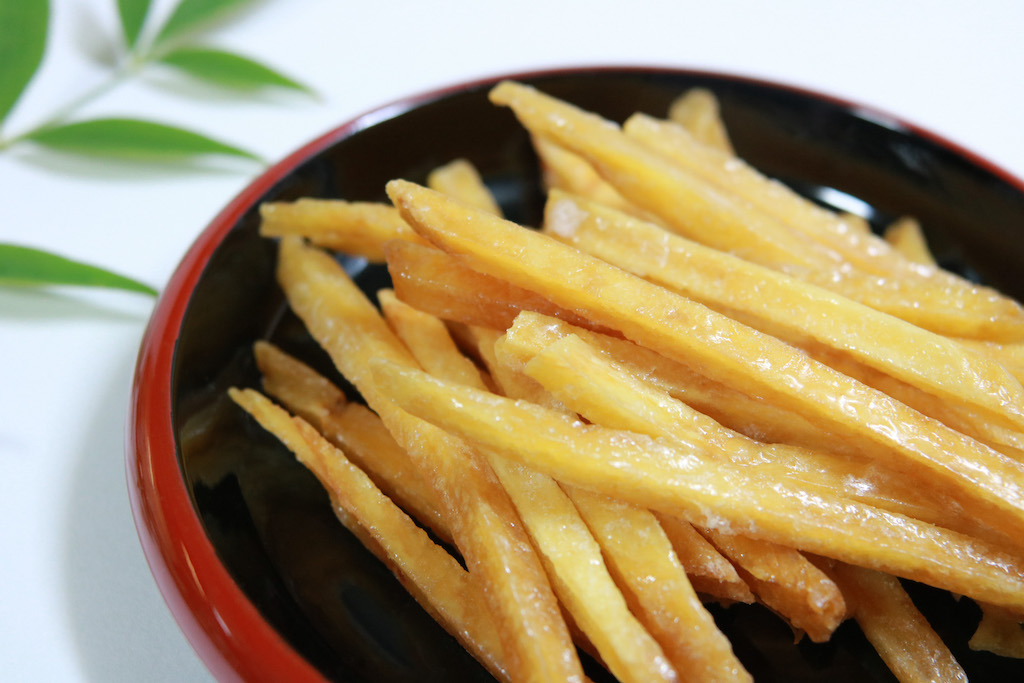
いりこ / IRIKO
いりこ (IRIKO) is the same as niboshi which is dried small sardines. Why there are 2 words for dried small sardines? The reason is said that いりこ (IRIKO) is generally used in Western part of Japan, while niboshi is used in Eastern part of Japan. They are often used as the material for making dashi stock.
What Is Niboshi (Iriko) and How Is It Used?
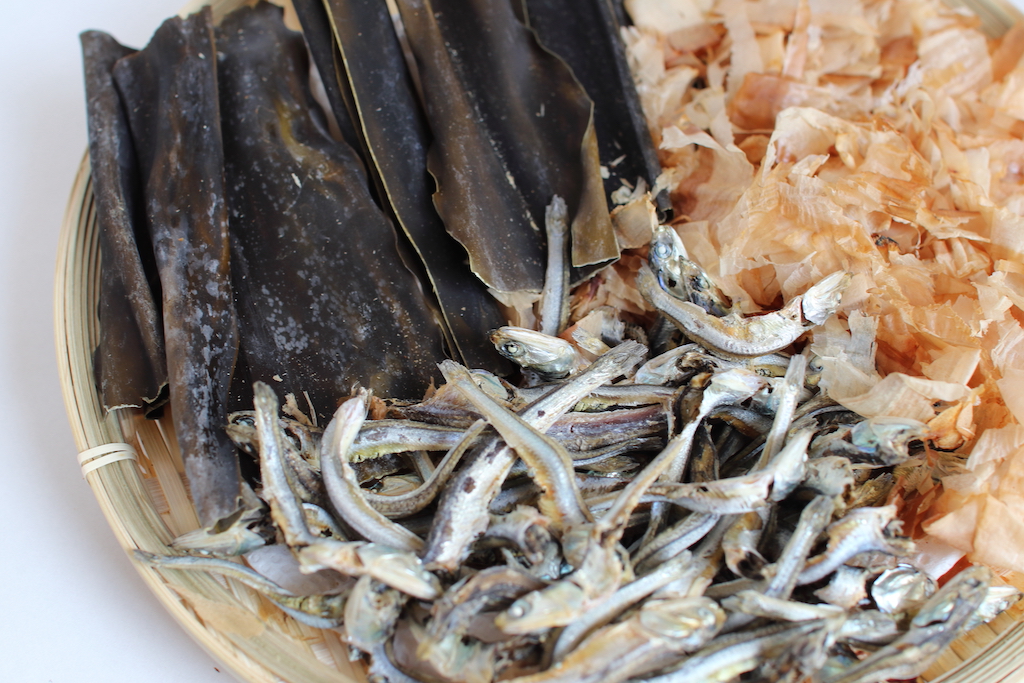
いわし (鰯) / IWASHI
This is Japanese term for “sardines”.
As with other type of fish in Japan, it’s usually eaten as sashimi if it’s fresh enough. Also, the grilled sardines and deep-fried sardines are very tasty.
By the way, canned sardines are delicious, and very useful when making Japanese-style mixed rice.
Recipe:
Japanese Mixed Rice with Canned Sardine and Corn
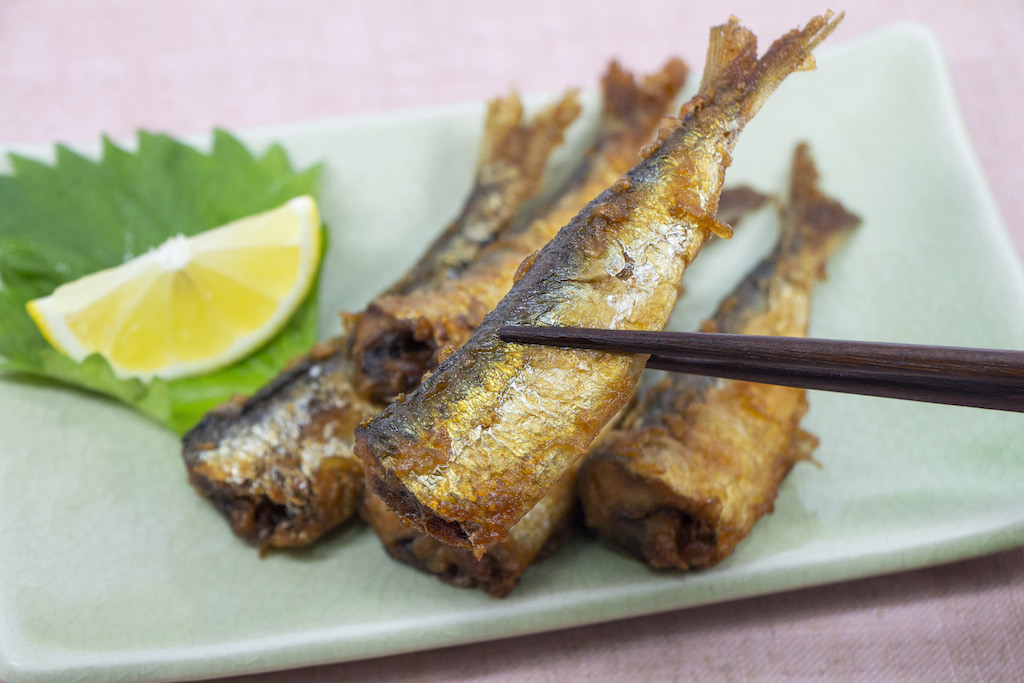
いわな (岩魚) / IWANA
This is Japanese term for “Japanese char”.
It’s a freshwater fish. The natural char is rare, but sometimes you can get it at grocery stores. Just like ayu, grilling with salt is popular way to eat.

いんぐりっしゅまふぃん (イングリッシュマフィン) / INGURISSHUMAFIN
This is Japanese term for “English muffin”.
Undoubtedly, this is the same product as English muffin. This is common type of bread for Japanese people too. You can easily find one at grocery stores in Japan.
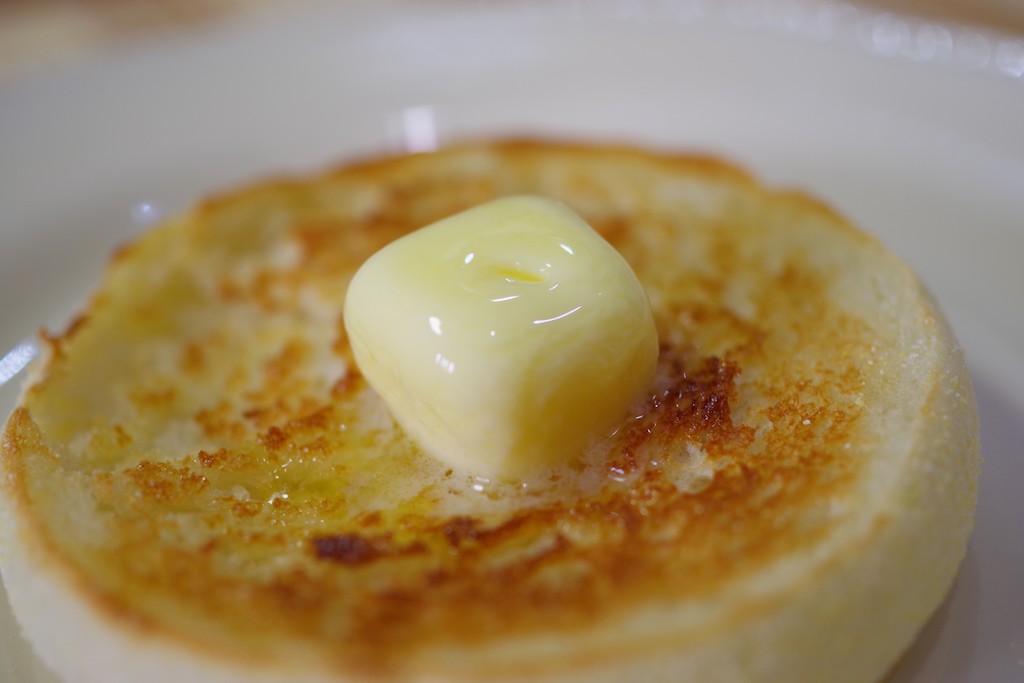
いんげんまめ (いんげん豆) / INGENMAME
This is Japanese term for “kidney beans” or “green beans”.
Green beans are often used in simmered dishes, tempura, and miso soup. The mature seeds are used for bean jam and sugared beans.
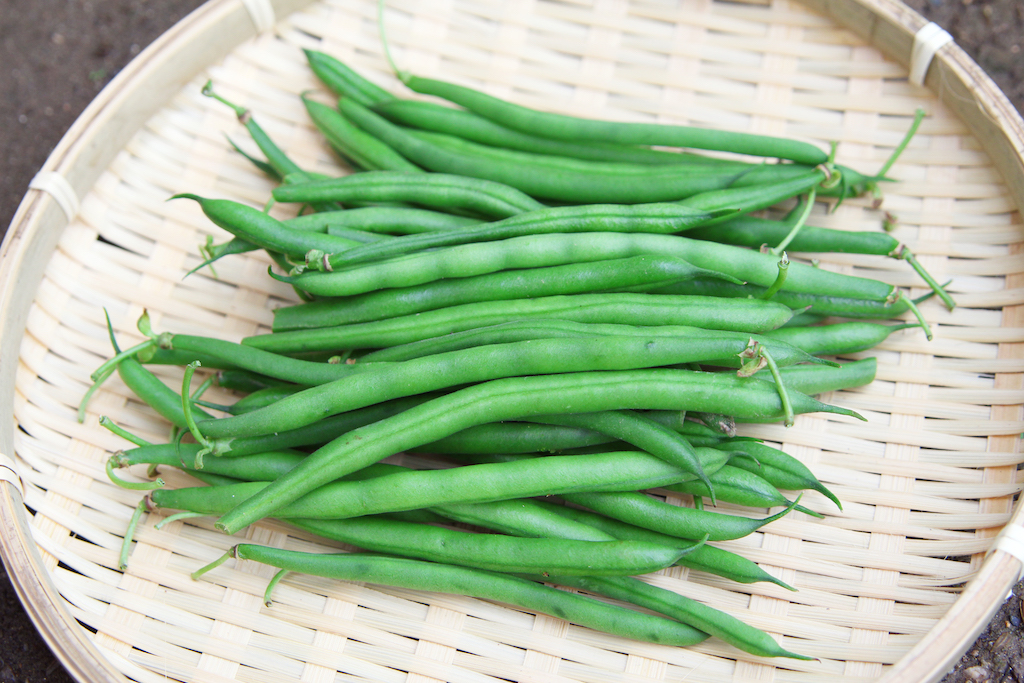
いんすたんとらーめん (インスタントラーメン) / INSUTANTRA-MEN
This is Japanese term for “instant noodles”.
As you may know, there are quite many types of instant noodles in Japan. They can be eaten without adding any other materials, but I like to add some vegetables and egg.
By the way, for a cup noodles, we have the different term which is “カップラーメン (KAPPURA-MEN)”.
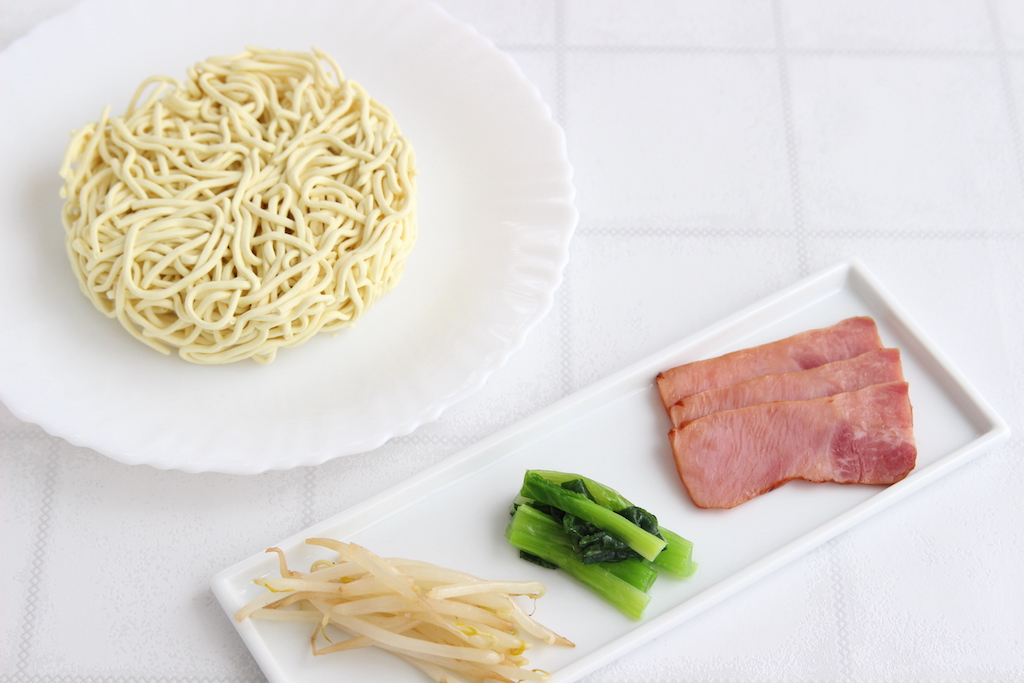
いんどかれー (インドカレー) / INDOKARE-
This is Japanese term for “Indian curry”.
Because there are various types of curry shops in Japan, this word is used to distinguish Indian curry from Japanese-style curry. You can enjoy authentic curry offered by Indians in Tokyo and many places in Japan.
